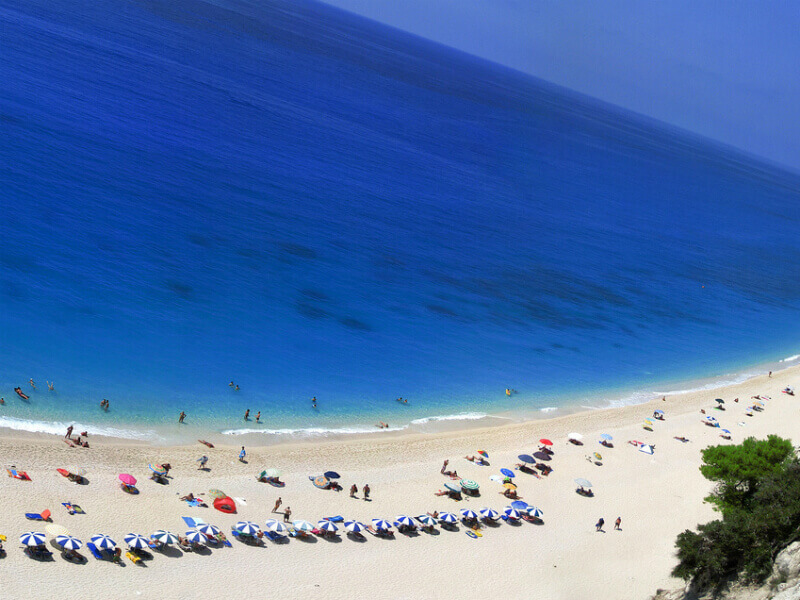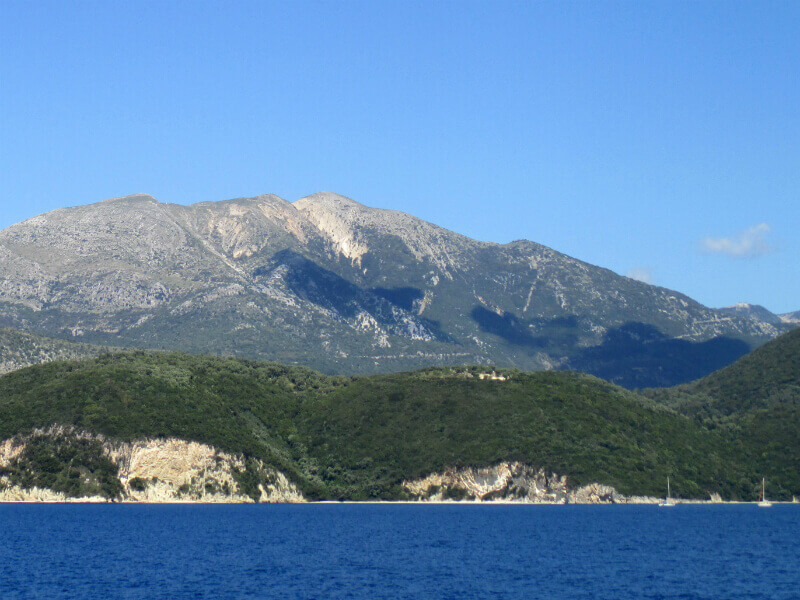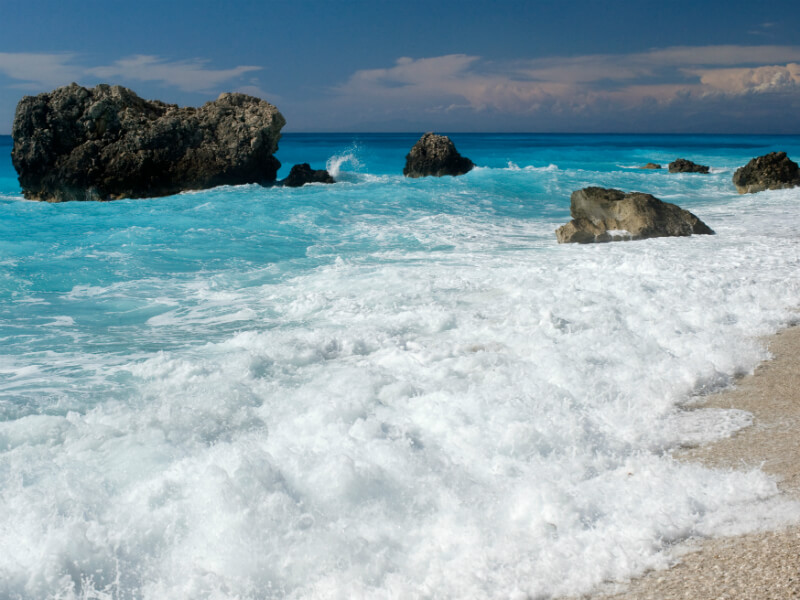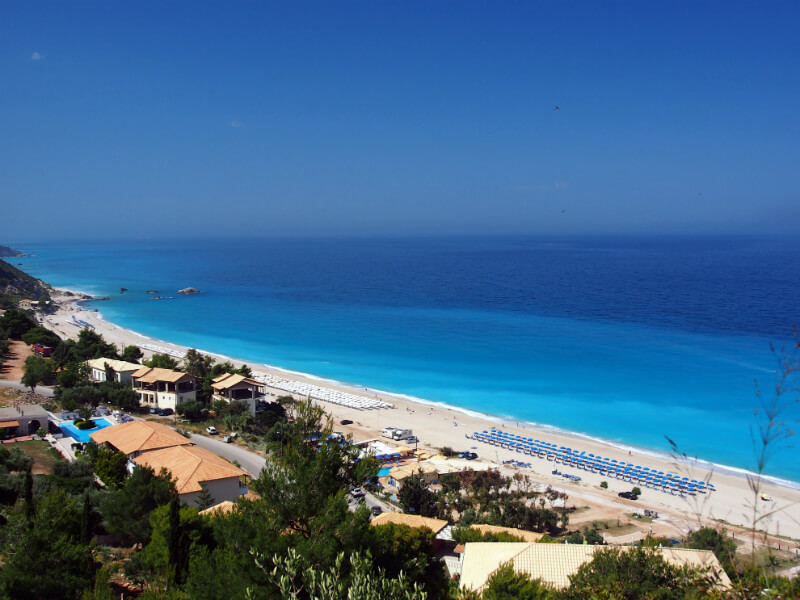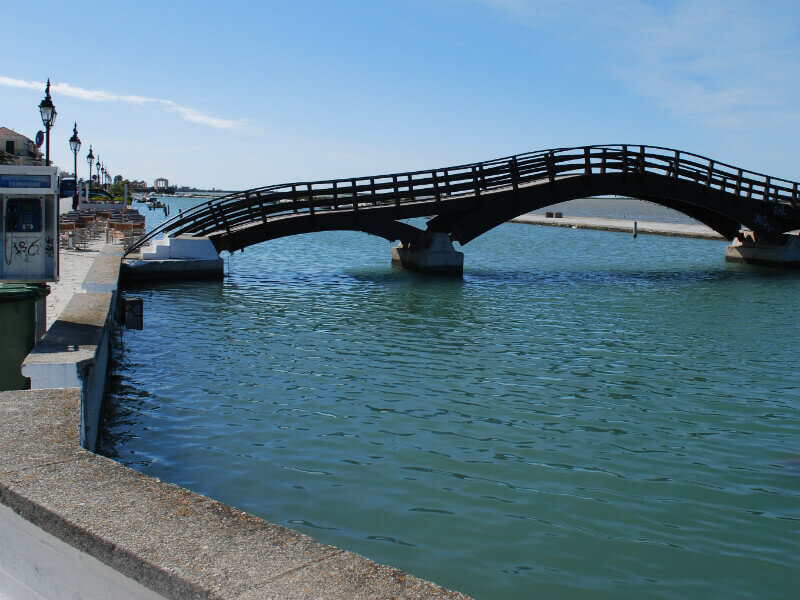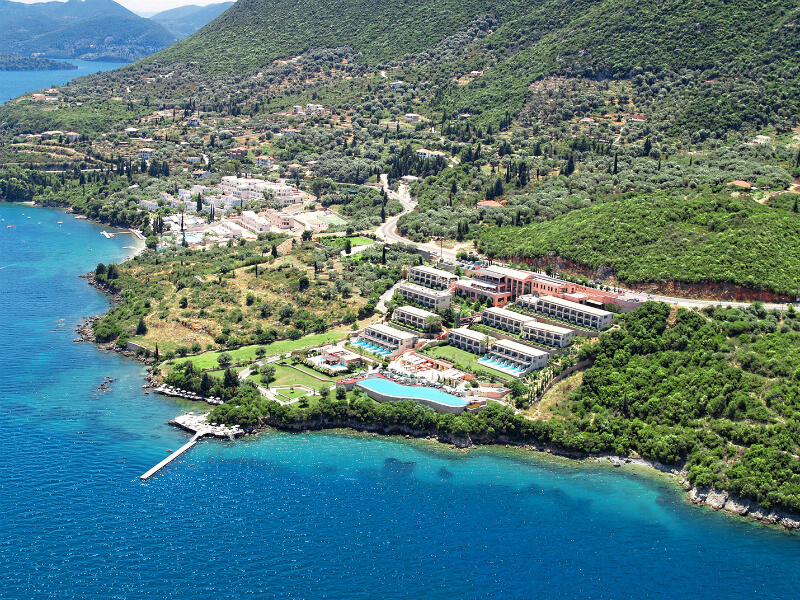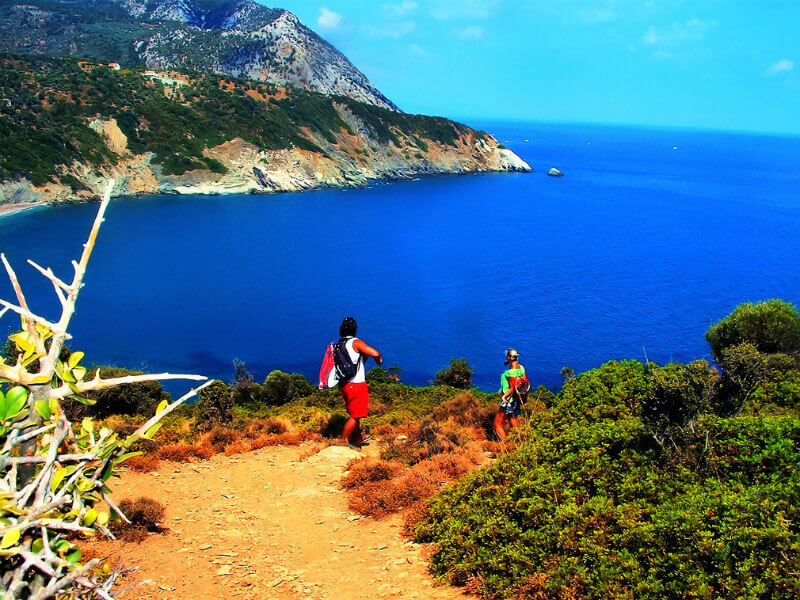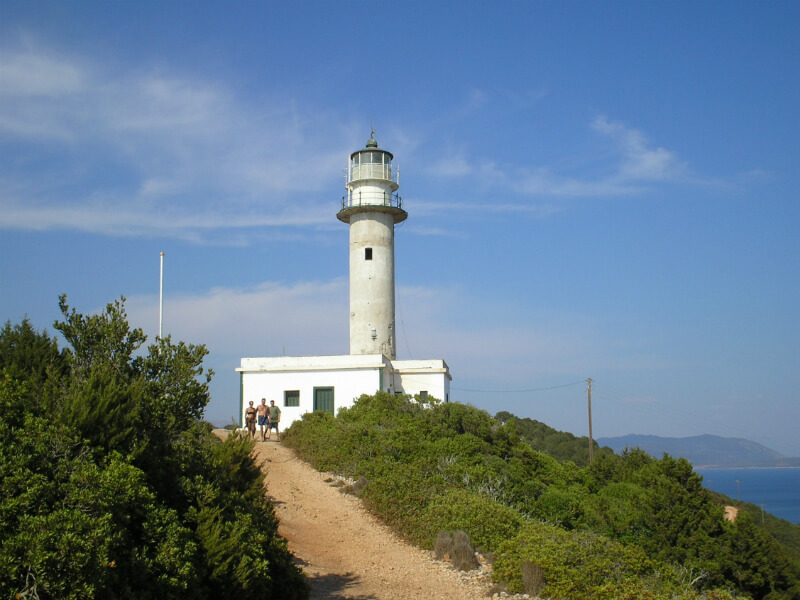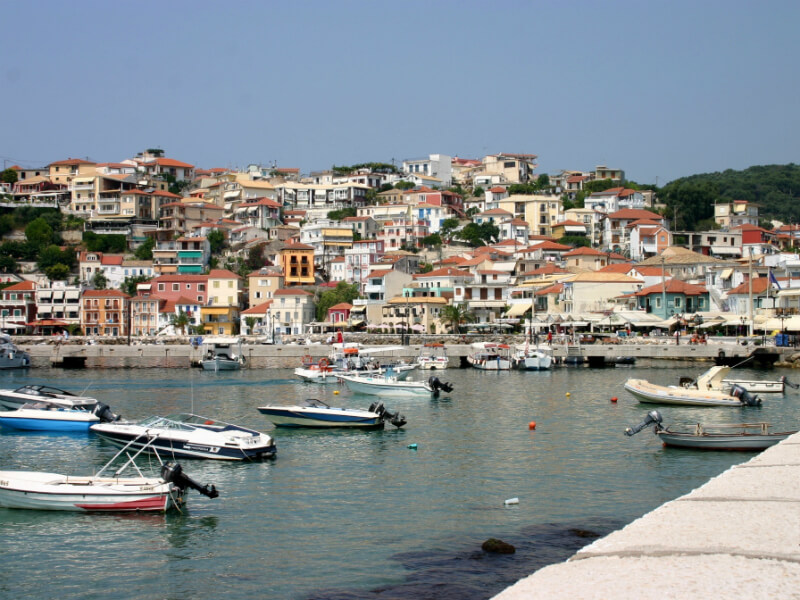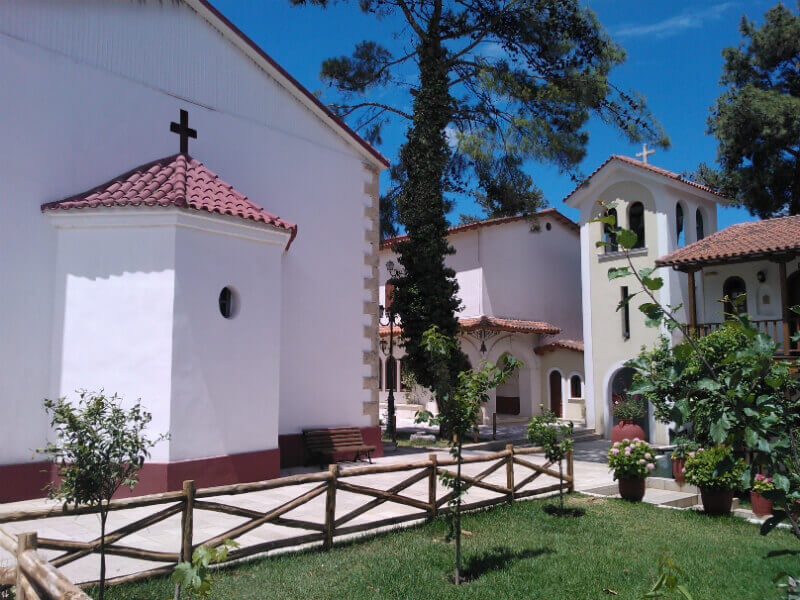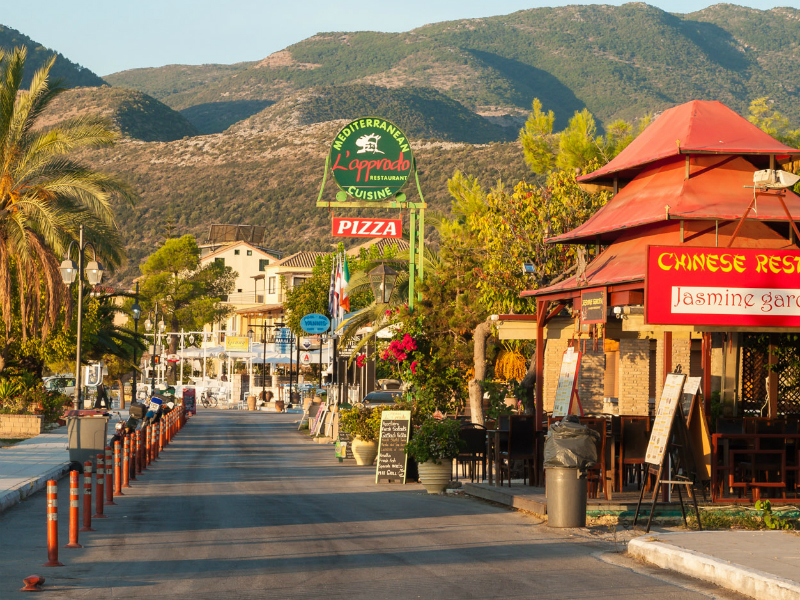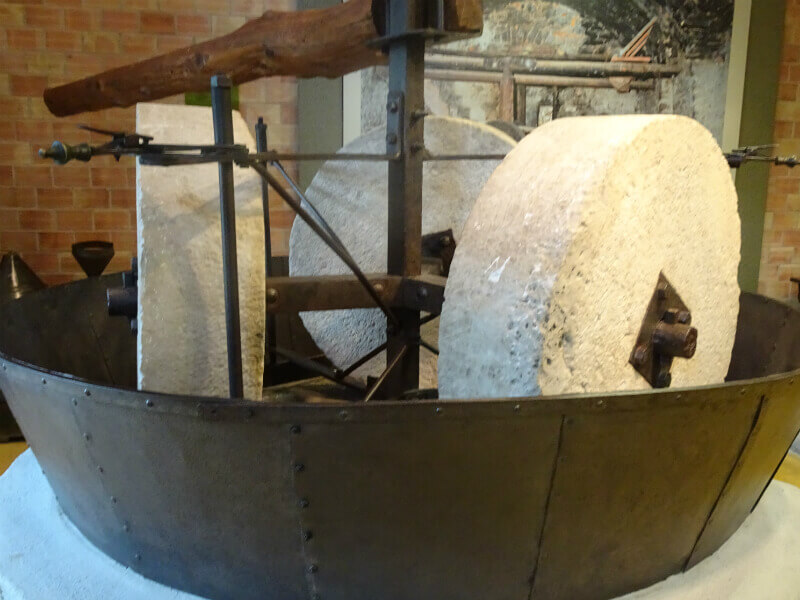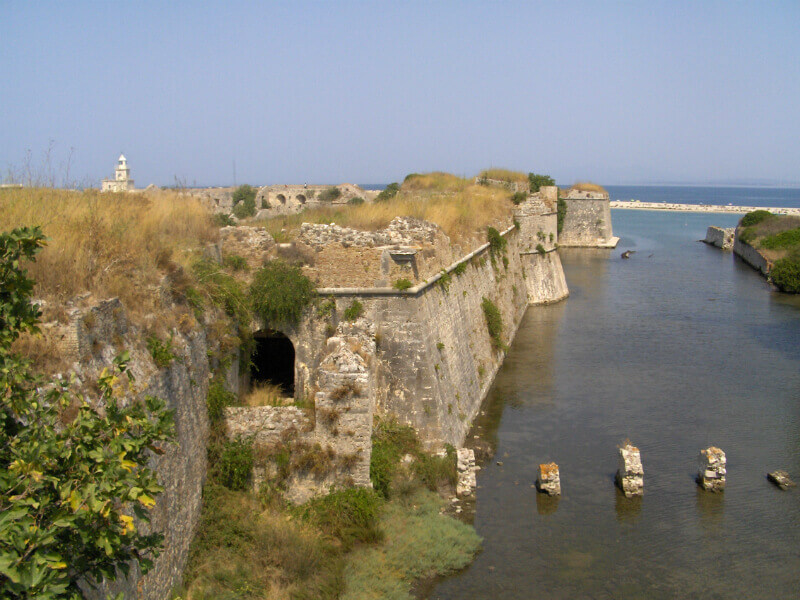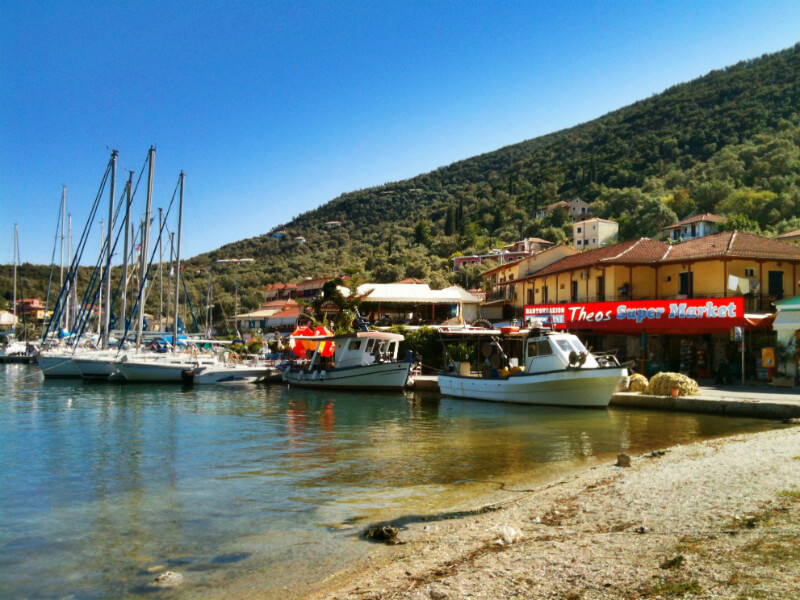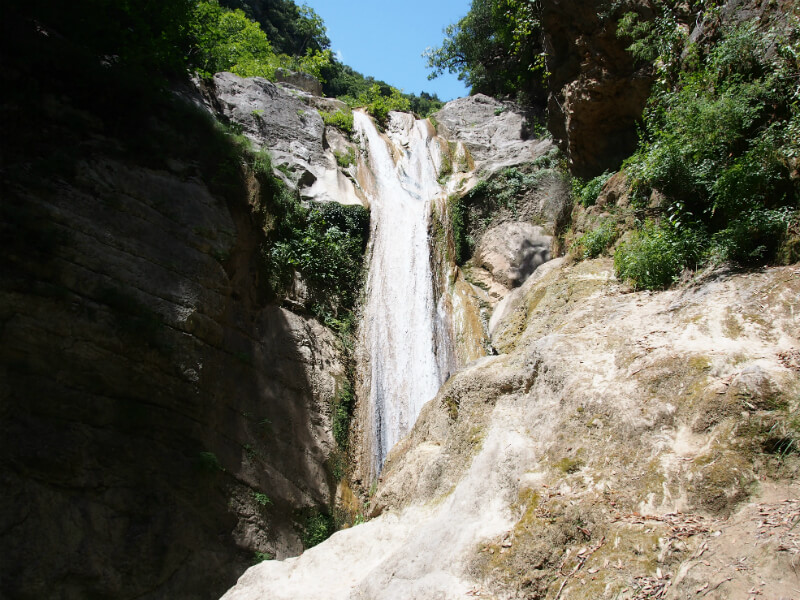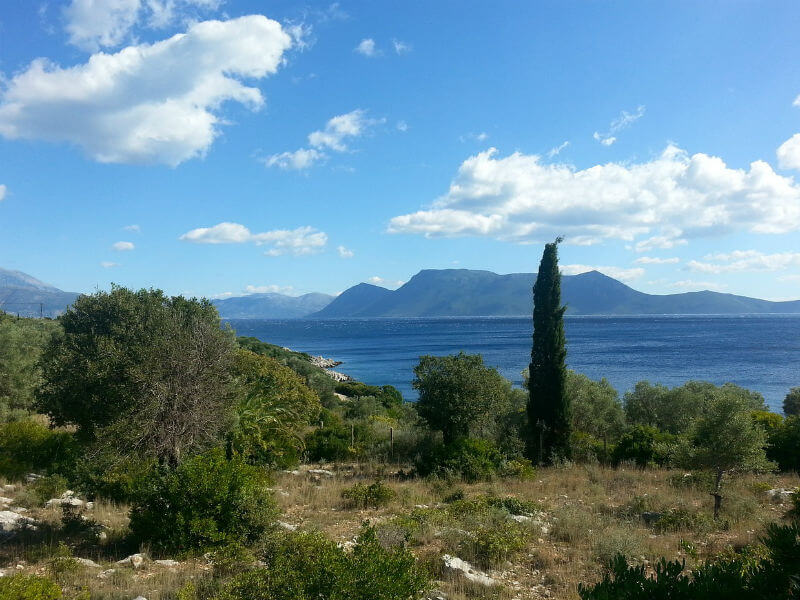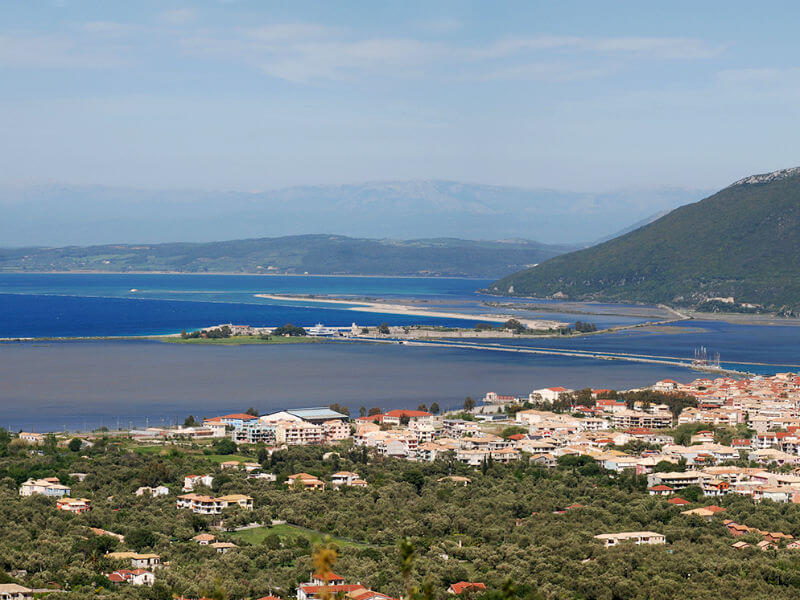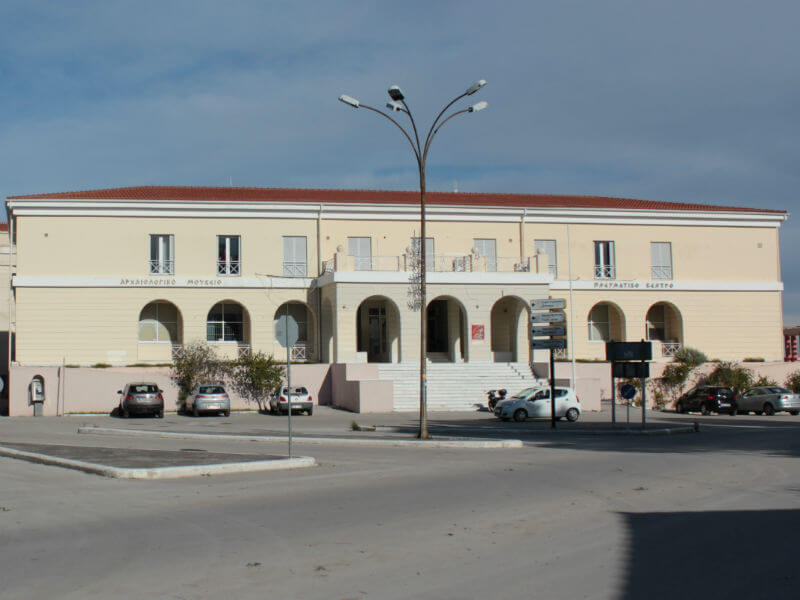Lefkada
Lefkada at a glance
With easy access, high mountains, stunning and award-winning beaches, remarkable countryside villages and a green hinterland, Lefkada gains a distinct position among the most popular summer destinations of the Ionian Sea and beyond. Here you will find organized beaches, bustling nightlife resorts, lively anchorages with dozens of recreational craft. It has impressive coasts with white sand and clear blue waters, the most famous of which are Porto Katsiki, Egremni and Kathisma.
Lefkada or Agia Mavra (Saint Mavra) as it was called earlier, is the only island in which you can come in and out for free, during all day, thanks to the floating bridge (over a canal 28m wide) which connects the island with the Greek mainland. The island is located near the northwest end of Acarnania. It is the fourth island in population in Eptanissa (the seven Greek islands of the Ionian Sea). The main island has an area of 302 sq. km. Together with Meganissi and the little islands of Kalamos and Kastro, it forms separate administrative department.
Old historians noted that, in antiquity, Lefkada was a peninsula of Acarnania (coast of Epirus). When the Corinthians captured Lefkada, they opened a canal and turned it into an island. But this view does not seem to be too strong, because Lefkada has always been an island, others contend.
With the excavations that took place near Nidri, we’ve come to the conclusion that Lefkada is Homers’ Ithaki.
The climate of Lefkada is mild and Mediterranean, with plenty of rains in the winter time. The economy of the island is mainly agricultural and the most important cultivation are olive groves and vineyards. Then come garden produces, fruits, cereals, and pulses. An important source of income today is tourism and the foreign exchange of immigrants abroad. Fishing is an important work of the people, as well as handicraft (embroidery of Karia, woven materials, etc.). Also, the production of salt is important. Some famous products of Lefkada are salami, lentils from Englouvi and honey from Athani.
History of Lefkada
The remnants of human life in Lefkada are placed in the Neolithic Era. Its first inhabitants were the Televoans and Lelegians. Excavation finds at Nidri and elsewhere, led the German archaeologist Wilhelm Darpfeld to the conclusion that Lefkada is Homer’s Ithaka, the homeland of the crafty Odysseus. Darpfeld supported the theory with great passion and formulated it to his book “Alt Ithaka”. He himself lived a great part of his life on the island and when he died he was buried there, for that was his wish.
The presence of Lefkada during historic times has been great and dynamic. The Corinthians conquered Lefkada in 7th century BC. In the 6th century BC., Lefkada took part in the wars against the Persians. During the Peloponnesian War, it was an ally of Sparta and fought against the Athenians and Thebans. In 197 BC., the island was conquered by the Romans. Later on (1204-1293), it formed part of the kingdom of Epirus.
Afterward, it came into the possession of Orsini (1293-1331), who fortified it with a fortress that still exists. Then successively, it felt into the hands of the Antegavians, Gratiano Giorgi (1331-1362) and the Toscans (1362-1479). In 1479, it was conquered by the Turks. In 1684, it was taken by the Venetians, in 1797 by the Republican Frenchmen, in 1799 by the Russians and Turks and in 1807 by the imperial Frenchmen. In 1810, it felt into the hands of the British and in 1864, it was united with Greece, together with the rest of the Ionian islands.
Lefkada is a small and not rich place, but its cultural tradition is its great glory. It is worth mentioning two indicative names of Greek letters: Greek national poets Aristoteles Valaoritis and Angelos Sikelianos, both of them born and raised in Lefkada.
Morphology of Lefkada
The coast of Lefkada is characterized by a great dismemberment. Inlets and deep bays, such as those of Agios Nikitas, Agios loannis, Drepanos or Alexandros, Vlichos, Desimi, Rouda, Sivota, Vassiliki and the capes of Jouana, Yirapetra, Lispopirgos and Lefkata or Doucato Cape, together with the peninsula of Agia Kiriaki, form lacy seashores and make Lefkada beautiful.
At the eastern sea of the island are the very beautiful and ethereal islands and rocky islets of Skorpios and Sparti (owned by the Onassis family), Meganissi (Tafos), Thilia, Skopridi, Madouri (the island of Greek national poet Aristoteles Valaoritis), Heloni, Tsokari, Petalou, Kithros, Arkoudi, rock in the blue Ionian Sea.
To the west, is the rocky islet of Sessoula. From the point of view of its terrain, Lefkada is a miniature of Greece. Mountains, flat lands and valleys make up a harmonious landscape. The higher mountains of the island are Staurota (1.141m), Elati (1.126m), Epano Pirgos (1.079m), Meganoros (1.012m), Ai Donatos (880m), Lainaki (805m), Skari (650m), Megalo Vouno (615m), Achrada and Sikero (500m).
Museums
Phonograph Museum in Lefkada
It is worth a closer look at that unique museum in Greece. A really great collection of phonographs, cameras, bank notes, old photographs, paintings and many more that will make you not to want to leave and to get to know even more about the history of Lefkas.
Archaeological museum
The cultural center of Lefkas houses the archaeological museum. Since 1999 it opened its doors for visitors to admire the findings from the Stone Age up to the Roman era.
It is divided into four rooms. On the first room, there are finds from the daily life of the inhabitants. The second room contains finds from the Geometric. The third room contains findings that are relative to tombs. And in the fourth room are exposed Paleolithic tools and more. It is worth a visit.
Lefkada Sights
Lagoon of Lefkas
The lagoon in the city of Lefkas, one of the most beautiful spots on the island, is an important wetland.
Ancient city Nirikos – Lefkas
The Ancient City of Nirikos is an attraction of Lefkada that marks the great history of the island, which is lost in the archaic years. In the area of Kalligoni, just outside the capital of Lefkada, there are the ruins of the Ancient City of Nerikos, which was abandoned around 1300, and then the continuous earthquakes almost destroyed it.
Scorpios
Once upon a time, a great Greek, a tycoon with impoverished wealth, envisioned his paradise in a land island. The place where he swam, relaxed, fell in love and entertained until morning. Today, the lights are re-lit on Scorpio, the yachts again bring high guests, kings and princes.
Cape Lefkata – Akrotiri Lefkata
The cape is one of the most famous rocks of antiquity, probably the Homeric “Lefkas Petris” (Homer Odyssey, ca 11-14), with white rocks at a height of 60 meters above the waves of the Ionian Sea.
Waterfalls
This wonderful sight that welcomes nature and ecotourist lovers is a short distance from Nydri, about 4 km away and it is very easy for the visitor to find them.
Best Beaches
Lefkada has some of the most beautiful and cleanest beaches in Greece. Beaches such as Gyra, Agios Nikitas, Kathisma, Egremnous,Nidri, Porto-Katsiki, Vassiliki, Sivota and Kalamitsi, are some of the most popular, but you can visit more if you have a boat or join one of the cruises towards the nearby islets, such as Meganisi, Kalamos, and Kasto, which have virgin beaches with magnificent scenery.
Sports
Lefkada has some of the best places in Greece that are suitable for windsurfing. These places are the Gulf of Fleva, Vassiliki (which is considered among the 10 best places in the world for windsurfing) and Nidri.
Lefkada is ideal for trekking and jogging, and many more sport activities.
Night Life
The visitor can find restaurants, taverns discos, pubs and bars in the city and in many villages.
How to get to Lefkada
Lefkada belongs to the Ionian Islands complex, but is located very close to mainland Greece and is connected to it with a floating, mobile bridge 50 meters long.
By Air
The island of Lefkada does not have an airport, but there is the Aktion International Airport in Preveza, which is just 20 kilometers from the city of Lefkada. Access to it can be by bus or by taxi. There are daily flights connecting Athens – Eleftherios Venizelos International Airport, with Aktion and take about 45 minutes. Aktion airport is also linked to Corfu, Kefalonia, Zakynthos, and Sitia, Crete. During the high tourist season, from April to October, there are charter flights linking Aktion with various European countries: England, France, Germany, Switzerland, Austria. If you book your air ticket well in advance, you can get very low prices. You can book flights to Lefkada (Preveza) from the search engine on pointgreece.com.
If you are looking for airline tickets and flights to Lefkada(Preveza airport) enter the dates of arrival and departure in the box, and the online reservation program will show you suggestions and prices for your flight where you can make your reservation directly and securely.
By road
Lefkada-Athens distance is 385 km. You can go by car via the bridge connecting Lefkada with Aitoloakarnania without having to transfer the car to the ferry boat. Alternatively, if you do not want to drive, you can reach KTEL buses departing from major Greek cities, Athens, Thessaloniki, Patras, Ioannina From Athens it is daily and the journey takes about 5 hours, while the connection with Thessaloniki is 2 times a week and the trip takes about 7 hours. The underwater tunnel of Preveza-Aktion and the Rio-Antirrio bridge have greatly facilitated access to the island of Lefkada.
By ship
The ports of Igoumenitsa and Patras are the two largest ports that are gateways to the Ionian Sea. From Nydri and Vassiliki there are daily ferry boats connecting Lefkada with Kefalonia, Ithaca and the smaller islands of Scorpios, Sparta, Meganissi, Madouri, Princess, Skorpidi. Once or twice a week it is connected with Patras by ship and by air with Athens through Aktion. You can book cruise tickets for Lefkada by the search engine of pointgreece.com.
Getting around Lefkada
Bus
The central bus stop in Lefkada is in the marina, on Golemi Street, in the capital. Tickets are very cheap. Buses travel to the eastern part of the island very often, while less frequent routes to the west coast. The bus destinations are: Nydri, Vassiliki, Poros, Agios Nikitas, Katohori, Karyotes, Karaviatika and others.
Cab
In Lefkada, taxi services are available to serve you in the safest and fastest way, around the clock. There are taxis in the capital and the most popular tourist resorts, but it is just as easy to find a taxi on the main streets of the island. There is also a radio taxi service. For most popular destinations, the charge is fixed, while for some others there is a minimum charge to which is added extra depending on the kilometers and the area you want to go.
Car
The car is the most ideal way to explore the island of Lefkada, as it is quite large. You can simply, quickly and cheaply rent a car using the online car rental service of pointgreece.com.
Boats
There are small boats, boats that can take you to various beaches of Lefkada or the nearby islands of Scorpios, Sparta, Meganisi, Madouri, Princess, Skorpidi.
Detail about the package
What's included
Lefkada town
The city of Lefkada, a "gatekeeper" for those who approach the island by road through the mobile bridge, the Castle of Agia Mavra, the modern marina, the two-story colorful houses, the interesting churches and the vibrant life give the first positive impression.
What to do
A walk in the city of Lefkada is one of the first things to do on the island. Visit the fortress of Agia Mavra, Archaeological Museum. Take a bike and explore the island. Nydri is ideal for diving and water sports. Visit the nearby islands of Kalamos and Kastos and the waterfalls of Nydri.
Food & Beverages
Like all the Ionian islands, Lefkada, thanks to its climate, has a large production of excellent quality agricultural products: olive oil, citrus, thyme honey, grapes and excellent quality wines.


